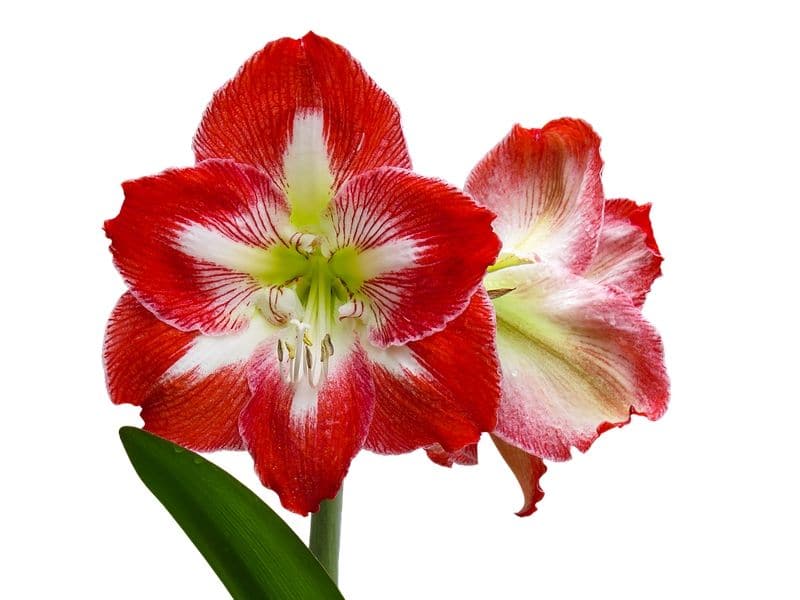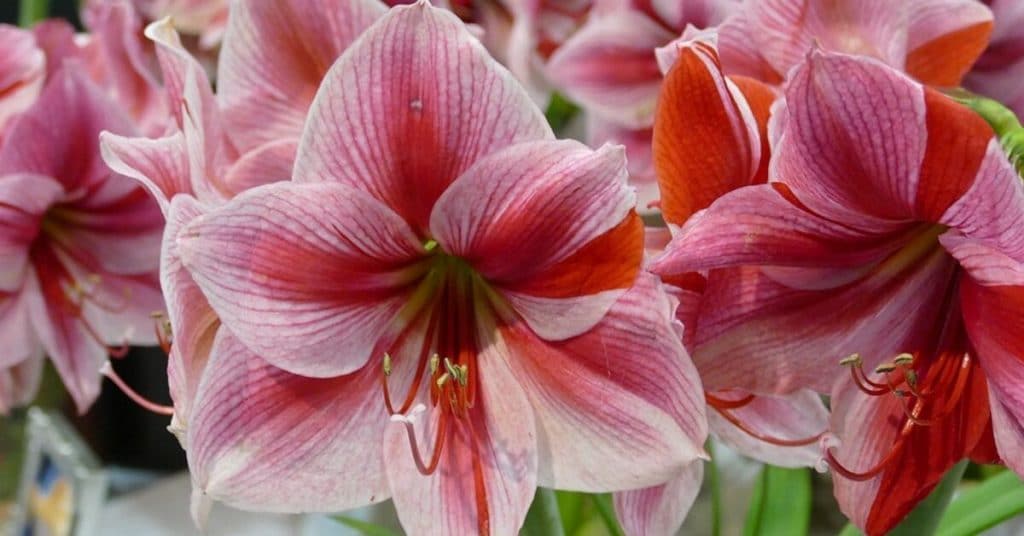If you’re a flower lover then Amaryllis is probably one of the flowers that you have come across. In this guide, you will discover all the basic things you want to know about this flower.
The Amaryllis is a family of flowers that were named from the Greek word “amarysso,” which translates into “to sparkle.” Many Amaryllis today are hybrids, and they fall into the classification of the genus Hippeastrum.
History of the Amaryllis
The Amaryllis is a bulb that is native to areas of South Africa and Peru. The bulbs were brought to Europe by explorers during the 1700s. These bulbs can bloom for an extended period of time: some have been noted to bloom for 75 years.

Flower Description
Amaryllis feature trumpet-shaped flowers that grow atop stems that are one to two feet high. These stalks are leafless and also referred to as scapes. Depending on the type of the Amaryllis, the flowers are four to ten inches, and flowers may be single or double.
The flowers often feature bright colors and may also be multi-colored, such as the Striped Amadeus, which is a picotee flower, with petals that have a different color around the edge. Popular colors of Amaryllis are red and white, although you can find flowers that are pink, apricot, or even a deep burgundy color.
Amaryllis Varieties
There are numerous varieties of Amaryllis available for you to purchase and grow in your own garden. Some common types of Amaryllis include the Clown type, which features a white flower with bold, red stripes.
The Desire variety of Amaryllis produces flower blooms that have a sunset orange color. More exotic varieties of Amaryllis include the Papillio Butterfly, which has blooms that are reddish-purple stripes on white petals, which have a butterfly appearance.
Growing Season and Region
Amaryllis bulbs can be grown outdoors in mild weathered climates but must be grown indoors in areas with colder temperatures. The bulbs are dormant until the winter months between December and January. The plants then flower between February and April. The plant’s greenery develops and grows during the spring and summer.
Amaryllis bulbs can be stimulated to have a longer blooming season. Cooler temperatures will prolong the time period that the bulb will bloom. You can also encourage a longer flowering period by planting the bulbs and giving them enough time to begin the growth of flowers.
Start growth in your first bulbs during the winter month of January, and you can continue to start bulbs up until the late part of March.
How To Plant and Grow Amaryllis
When you’re growing Amaryllis, you will want to ensure that proper growth conditions are met for the healthiest flowers. In your roughly six-inch pot that you have already had a bulb planted in, add water during January or whichever month you’re looking to start the growth.
You will want to make sure repotting is not necessary before you water the plants. If the bulb is crowding around the edges of the pot or has developed offshoots, you will want to repot it. Gently remove the bulb and use a pointed stick to gently knock soil from the roots, being careful to not damage the roots of your bulb.
Generally, you will want to use a pot that is slightly larger than the bulb you are planting. It needs to be well-drained, with at least one hole in the pot. Small bulbs or offshoots that have been removed from the main bulb should be planted in a three-inch pot. Note that these bulbs will generally take two to three years to flower.
Fun Facts About the Amaryllis
To propagate an Amaryllis, you can use seeds, offshoots, or cuttage. A single bulb can be cut vertically into up to 60 pieces. When cutting the bulb, you want to make sure that you include a portion of the stem tissue.
When you purchase bulbs from a florist, they may be treated to bloom as early as Christmastime. These flowers will generally bloom later in the year in subsequent years.
For more interesting flowers, visit this page.
Up Next: Amaryllis Flower Meaning and Symbolism
Photo credit: Gellinger&thfr/pixabay.com







